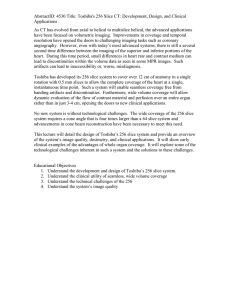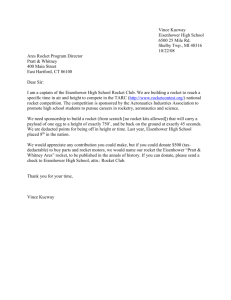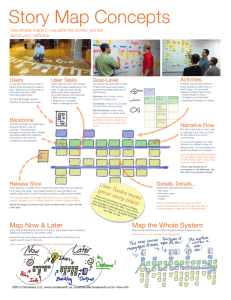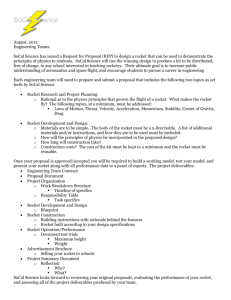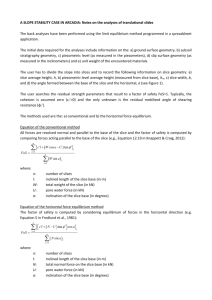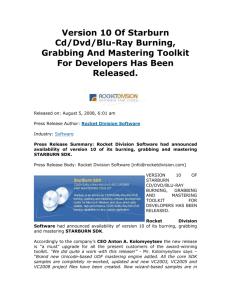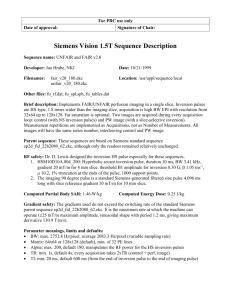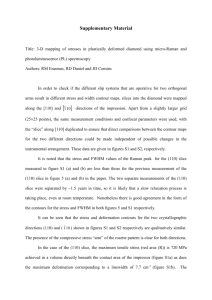Boeing-Rocketdyne: Using the Case Analysis Process
advertisement
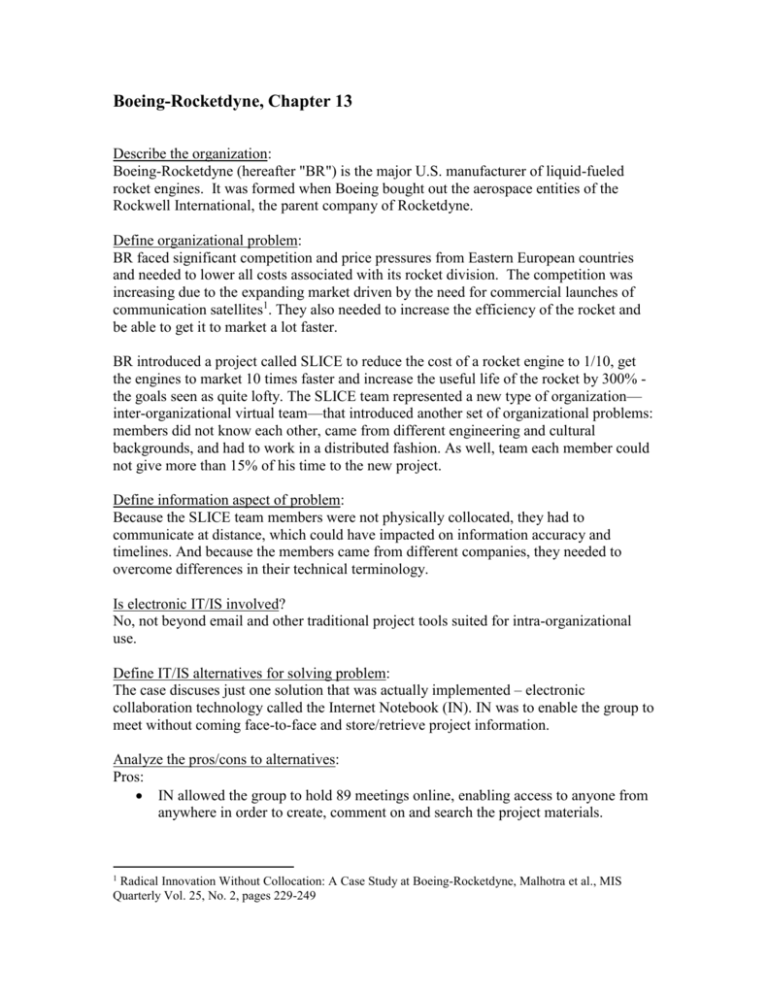
Boeing-Rocketdyne, Chapter 13 Describe the organization: Boeing-Rocketdyne (hereafter "BR") is the major U.S. manufacturer of liquid-fueled rocket engines. It was formed when Boeing bought out the aerospace entities of the Rockwell International, the parent company of Rocketdyne. Define organizational problem: BR faced significant competition and price pressures from Eastern European countries and needed to lower all costs associated with its rocket division. The competition was increasing due to the expanding market driven by the need for commercial launches of communication satellites1. They also needed to increase the efficiency of the rocket and be able to get it to market a lot faster. BR introduced a project called SLICE to reduce the cost of a rocket engine to 1/10, get the engines to market 10 times faster and increase the useful life of the rocket by 300% the goals seen as quite lofty. The SLICE team represented a new type of organization— inter-organizational virtual team—that introduced another set of organizational problems: members did not know each other, came from different engineering and cultural backgrounds, and had to work in a distributed fashion. As well, team each member could not give more than 15% of his time to the new project. Define information aspect of problem: Because the SLICE team members were not physically collocated, they had to communicate at distance, which could have impacted on information accuracy and timelines. And because the members came from different companies, they needed to overcome differences in their technical terminology. Is electronic IT/IS involved? No, not beyond email and other traditional project tools suited for intra-organizational use. Define IT/IS alternatives for solving problem: The case discuses just one solution that was actually implemented – electronic collaboration technology called the Internet Notebook (IN). IN was to enable the group to meet without coming face-to-face and store/retrieve project information. Analyze the pros/cons to alternatives: Pros: IN allowed the group to hold 89 meetings online, enabling access to anyone from anywhere in order to create, comment on and search the project materials. 1 Radical Innovation Without Collocation: A Case Study at Boeing-Rocketdyne, Malhotra et al., MIS Quarterly Vol. 25, No. 2, pages 229-249 The team members created and critiqued 20 designs and submitted over 650 entries into IN. Everyone who reviewed the project stated that it was a runaway success and had surpassed objectives. With support of IN, the SLICE virtual team was able to integrate all these engineers and other staff almost overnight. The team generated massive savings on the cost of the project ($18.5 million), increased the quality, and reduced development costs. This was essentially a dream project for the company. Cons: A formal agreement on intellectual property sharing (time and monetary costs). Team members had to learning how to use new technology (opportunity cost). Some functions (e.g., templates and sketching) were not very well received by the users (investment with no payoff). Messages for modern leader: The SLICE virtual team type of organization was successful: "While there have been studies of virtual teams characterized as innovative, the teams rarely fulfill all of these characteristics of highly innovative cross-value-chain teams."2 The implication is that a modern leader may need to consider this form of organizing for complex, innovative knowledge and collaboration intensive projects. Plan a technological solution for supporting inter-organizational virtual team. Allocate time for training. Consider training for teamwork that includes: a) Creating a shared understanding b) Engaging in frequent interaction c) Creating readily context-specific language. Resolve intellectual property rights upfront. 2 Ibid., p.232







